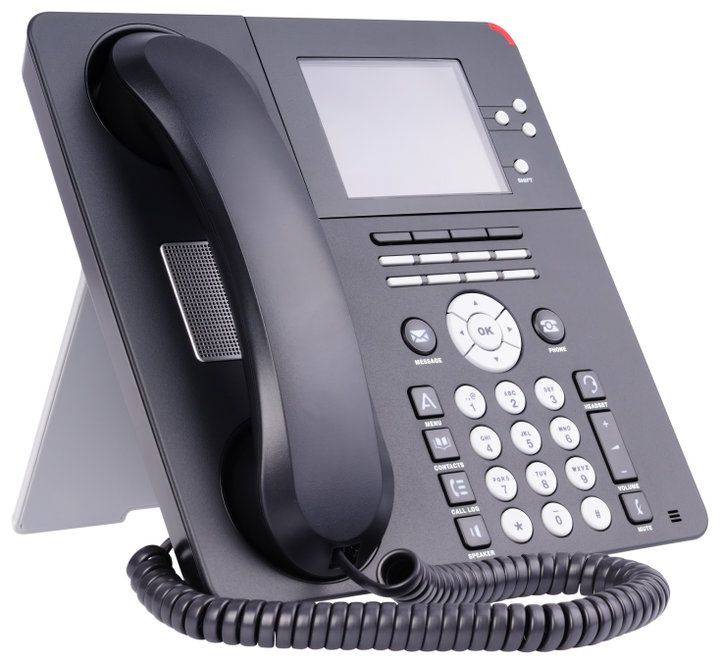It may seem rational that in today’s digital world old technology is useless. However, when it concerns PBX telephony that is not the case. Here is why you should consider incorporating a PBX (Private Branch Exchange) into your business communications operations.
What is PBX?
A PBX is a switch that your business owns. It handles your calls to and from a single location. It is separate from the main phone network for your area. PBXs became popular in the last fifty years, especially for businesses that made a large volume of calls. This is because it took pressure off of the main switch for your local area, acting instead as a smaller, distinct switch for your own business.
PBX Features
These days, PBX setups vary widely. How they are setup can depend on how big they are and the complexity of the network. A Private Branch Exchange for a small office would look very different than one set up for a large company with multiple sites. A modern Private Branch Exchange though, would typically have these features:
- Trunk: Multiple phone lines that terminate at the PBX switch.
- Switchboard: The main control center that houses the switching and indicator apparatus.
- Control CPU: Manages call switching.
- Uninterruptible Power Supply (UPS): Prevents phone lines from going down during a power outage.
- Miscellaneous Hardware: PBXs also feature various cables, cabinets and other infrastructure than connects the system to different offices.
In recent years, however, PBXs have developed to incorporate modern communication technology. Here’s how:
Modern PBX Systems
PBXs have grown to incorporate the internet. These types of PBXs are known as IP PBXs. An IP PBX still connects to a PSTN phone line, but the difference is that it also integrates with an internet connection. This is great, because it creates a lot of new opportunities for users. For example, with an IP PBX you can use:
- VoIP: Also known as Voice over Internet Protocol, VoIP actually bypasses the PSTN by using IP stations and IP trunks. SIP Trunking is the best way to enable VoIP through IP PBXs.
- Remote connections: Since IP PBXs are connected to the internet, mobile workers can connect to your Business Phone System from anywhere.
- Teleconferencing: IP PBXs allow for multi-party teleconferencing.
- Voicemail: Voicemail is standard with an IP PBX. You can even automatically forward voicemail to email addresses.
If you have any questions about SIP Trunking, please contact Intuity today at (800) 811-1086. Please feel free to also follow us on Twitter.
